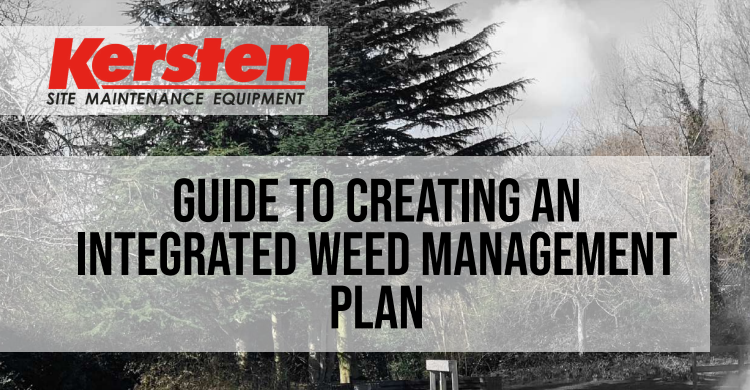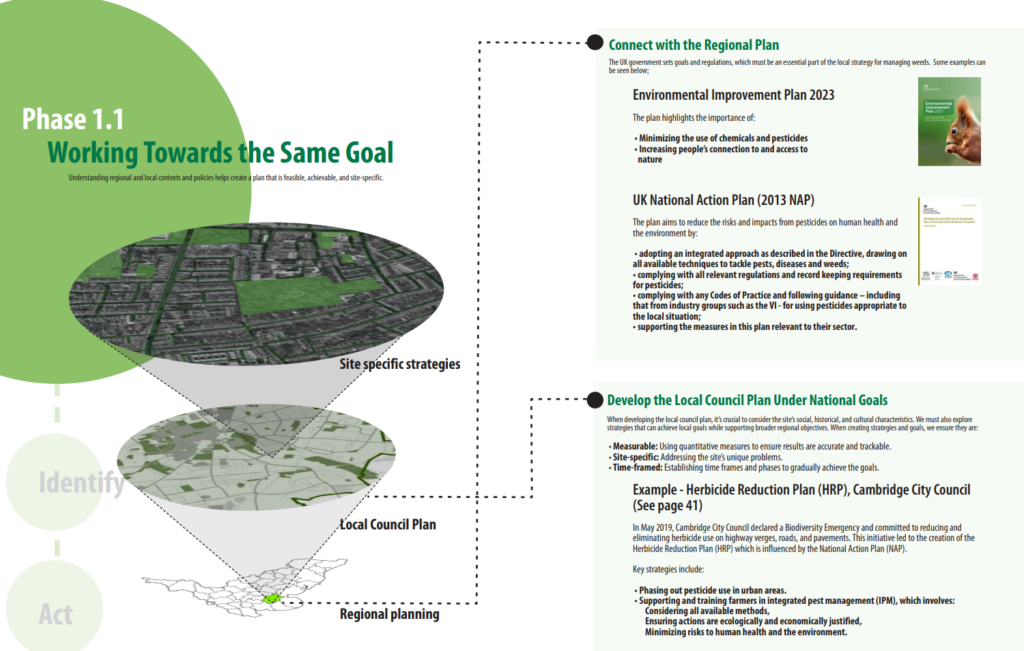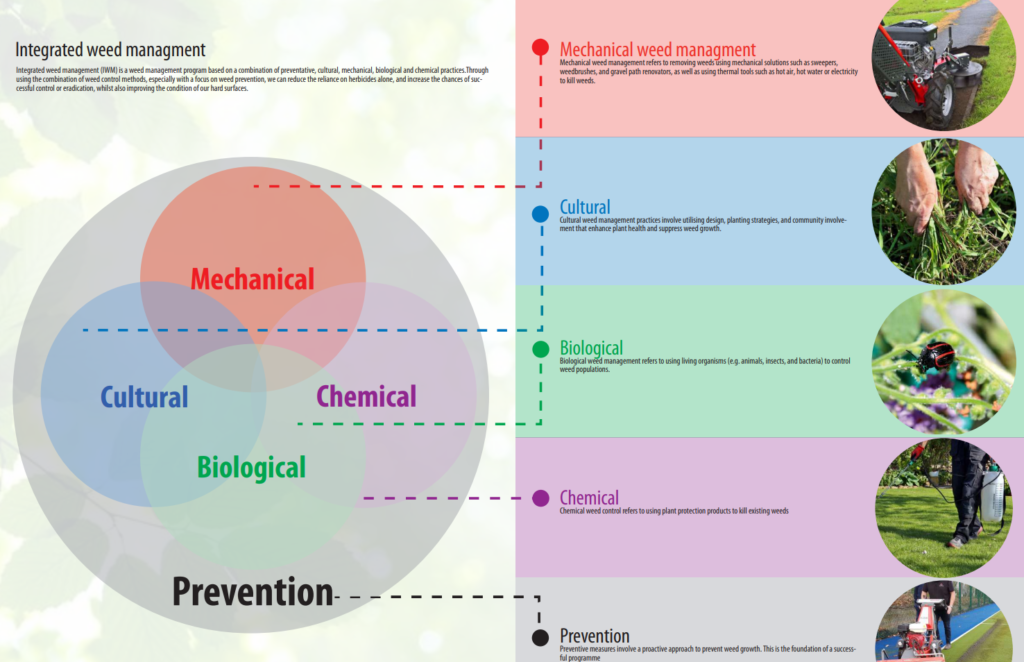Sustainability is currently at the forefront for most companies, and rightly so. Without sustainable practices, processes will simply end at the first bottleneck. By definition, sustainability means the ability to maintain or support a process over time. My favorite definition is, “to meet the needs of today without compromising the needs of tomorrow,” a powerful phrase indeed.

In the groundcare and sports turf industry, it’s no secret that we use far more glyphosates and chemical weed treatments than necessary. This is why Kersten UK’s launch of its Integrated Weed Management (IWM) guide caught my attention. As an industry, we recognise that chemical weed treatments won’t just stop tomorrow for two main reasons:
- Cost: In most cases, it has been cheaper and quicker to use chemical applications to treat weeds rather than removing built-up detritus from curb edges and fence lines. Pre-germination chemicals can last up to six months, but this approach merely “kicks the can down the road.” The detritus remains, and once seeds start to gather, we return to square one, with weeds growing in curb edges and fence lines.
- Education: This links closely with cost. Companies often perceive chemical treatments as quick and easy fixes. However, if you add up the time spent using these treatments versus removing the material where weeds are forming, the overall time and cost are similar. More importantly, manual removal looks significantly more presentable and reduces our chemical usage. Chemicals eventually make their way into our watercourses and food, which should be a significant concern.

It’s crucial that everyone in these environments works towards the same goal. Grounds teams should use sustainable weed management practices, and management should prioritise long-term solutions over short-term cost savings. Battery-powered equipment, available for purchase or hire today, is fantastic, offering great range, minimal hand-arm vibrations, and, most importantly, not using fossil fuels.
Understanding where and why weeds grow is essential, including the soil cycle. Removing the build-up of detritus and planning to prevent organic material accumulation in certain areas are effective strategies.

This brings us to the differences between reactive and preventative weed management approaches. The IWM triangle highlights chemical, biological, mechanical, and cultural methods. Often, the most important prevention method is not acknowledged: not having the seedbed in the first place is surely better than having to remove it at all.
I encourage you to read and share Kersten UK’s Guide to Integrated Weed Management booklet. It’s a fantastic resource covering the topics I’ve mentioned and more, such as how communities can engage to help reduce chemical usage in decision-making processes like planning.
My favorite part of the guide is the detailed information on which mechanical practices and surfaces are best suited to their machinery. Raising awareness is one thing; providing solutions is another.

